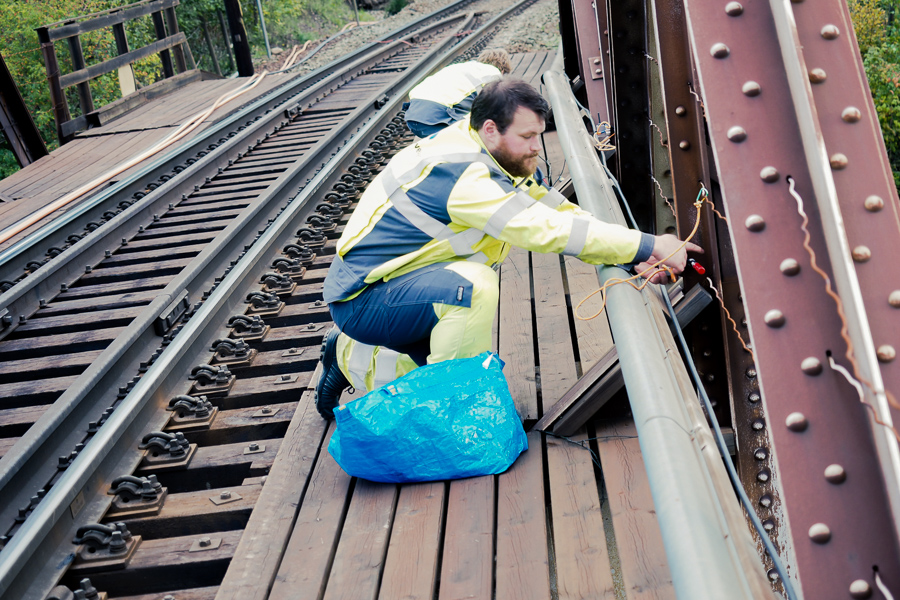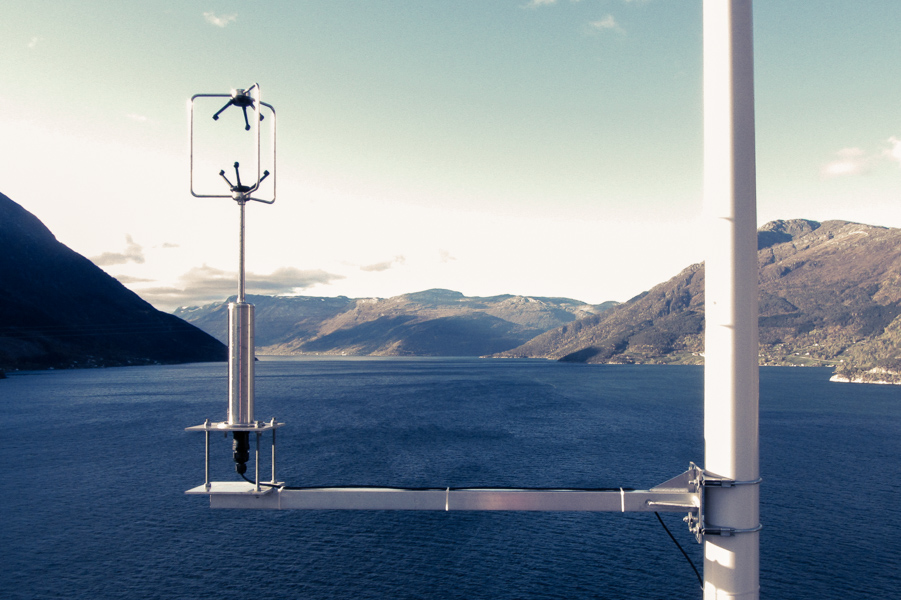Structural monitoring - Research - Structural Dynamics - Department of Structural Engineering
MENU
Structural monitoring
Structural monitoring
Site monitoring karusell
Tekst
Extensive monitoring systems have been installed at numerous bridges and transport infrastructure in Norway. The measured data is highly valuable in assessing the responses, loads, or the condition of the structure. These systems are funded by the Norwegian Public Roads Administration, the Norwegian National Rail Administration, and by NTNU.
person-portlet
Contact
-
Gunnstein Thomas Frøseth Associate Professor
+47-73594550 gunnstein.t.froseth@ntnu.no Department of Structural Engineering -
Øyvind Wiig Petersen Associate Professor
+4795054612 oyvind.w.petersen@ntnu.no Department of Structural Engineering -
Ole Andre Øiseth Vice Dean of Education and Professor
+4797080892 ole.oiseth@ntnu.no Department of Structural Engineering



